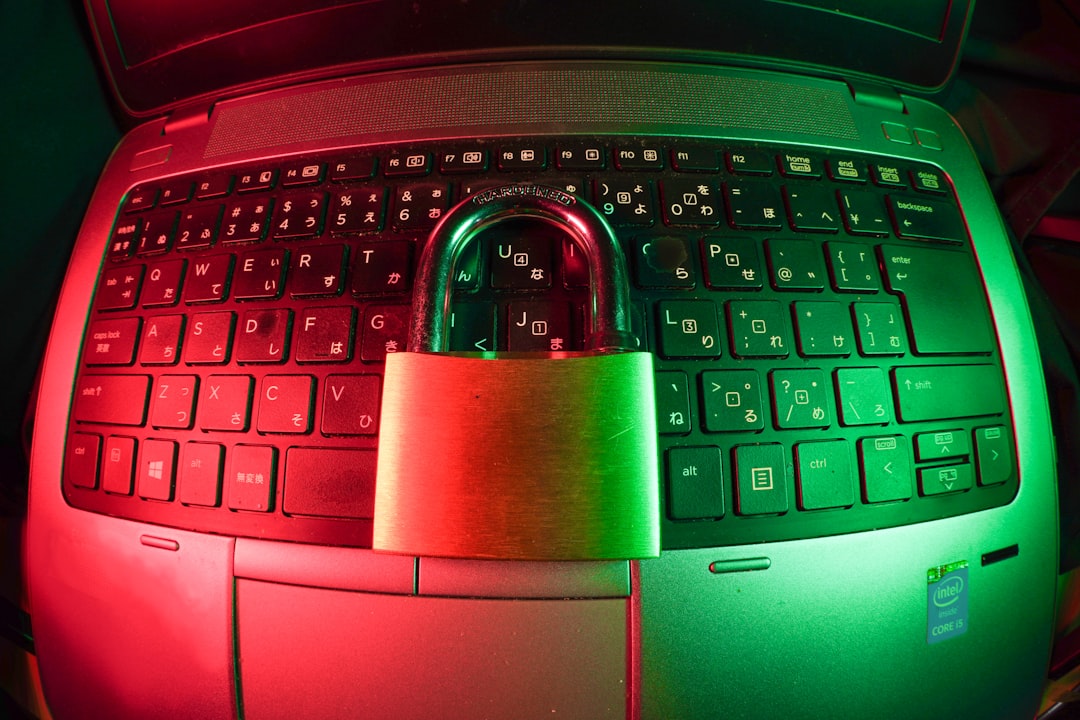Ever wonder what wininit.exe is doing on your computer? You might stumble upon it while checking your Task Manager and think, “Uh-oh… is this a virus?” But don’t panic. Let’s break it down in a fun and simple way.
What is wininit.exe?
wininit.exe stands for Windows Initialization. It’s not some sneaky hacker program. In fact, it’s one of the essential system files that helps your Windows OS boot up properly.
This process starts critical services like:
- LSASS.exe (Local Security Authority)
- services.exe (the Service Controller)
- Logon processes
If wininit.exe didn’t run, your computer wouldn’t function correctly after start-up.

Is wininit.exe a Virus?
Here’s the twist. The real wininit.exe is completely safe. But some sneaky malware tries to mimic it. That’s how viruses fool people — by naming themselves after legit files.
If you see wininit.exe in your Task Manager, it might be one of two things:
- A genuine system process that belongs to Windows.
- A fake or infected copy trying to cause trouble.
So how do we tell the difference? Let’s find out!
How to Tell If wininit.exe is Legitimate
Here are some easy ways to check if the file is safe:
1. Check the File Location
Right-click on the file in Task Manager and choose Open file location.
The real wininit.exe should be in:
C:\Windows\System32\
If it’s somewhere else, like:
C:\Users\YourName\AppData\Roaming or D:\RandomFolder
— red flag! That’s probably malware pretending to be the real deal.
2. Look at the Publisher
If you hover over or check the properties of the file, it should say:
Microsoft Windows as the publisher.
No publisher or a weird name like BestLocalApp? Definitely suspicious.
3. Use the Task Manager
Here’s a quick Task Manager trick:
- Press Ctrl + Shift + Esc
- Go to the Details tab
- Find wininit.exe
If it shows up as a system process and can’t be ended, that’s usually a good sign. Hackers often make their fake processes easier to kill.
4. Use Antivirus or Malware Scanners
Still unsure? Let a professional handle it. Run a scan using one of these:
- Windows Defender
- Malwarebytes
- HitmanPro
If they give the all-clear, you’re probably safe.

What If You Find a Fake wininit.exe?
If you suspect the file is malicious, don’t try to delete it quickly. That could mess with your system. Here’s what to do:
- Boot into Safe Mode — This prevents most malware from launching.
- Run a Full System Scan using a reputable antivirus.
- Let the software quarantine or delete the fake file.
If the anti-virus can’t remove it, consider reaching out to a tech pro or using tools like:
- Microsoft Safety Scanner
- RogueKiller
Can I Disable wininit.exe?
Short answer: No.
Long answer: This is a critical file. Disabling or removing the real wininit.exe will likely crash your system. You don’t want that.
If you’re unsure whether it’s legit, follow the steps above first before doing anything drastic.
How to Stay Safe From Fake System Files
Prevention is better than panic. Here’s how to stay ahead of malware pretending to be system files:
- Keep Windows updated
- Use antivirus software — and scan regularly
- Don’t download shady files or click sketchy links
- Check file paths before trusting random .exe files
Keep your system clean, and you won’t have to worry about “is it real or fake?” every week.
Fun Fact Time!
Did you know that many malware programs love mimicking system files like:
- svchost.exe
- lsass.exe
- csrss.exe
They pick these files because most users freak out and leave them alone — even if they’re fake! Sneaky, right?
Recap: Is wininit.exe Safe?
Let’s wrap it up with a quick recap:
- YES — If it’s in
C:\Windows\System32\and signed by Microsoft. - NO — If it’s in a suspicious folder, has no publisher, or behaves strangely.
So, next time you see wininit.exe, don’t hit the panic button right away.
Check it with the tips above. Use the right tools. Trust (but verify) your system files!
Stay smart, stay secure, and may your PC be forever malware-free!


